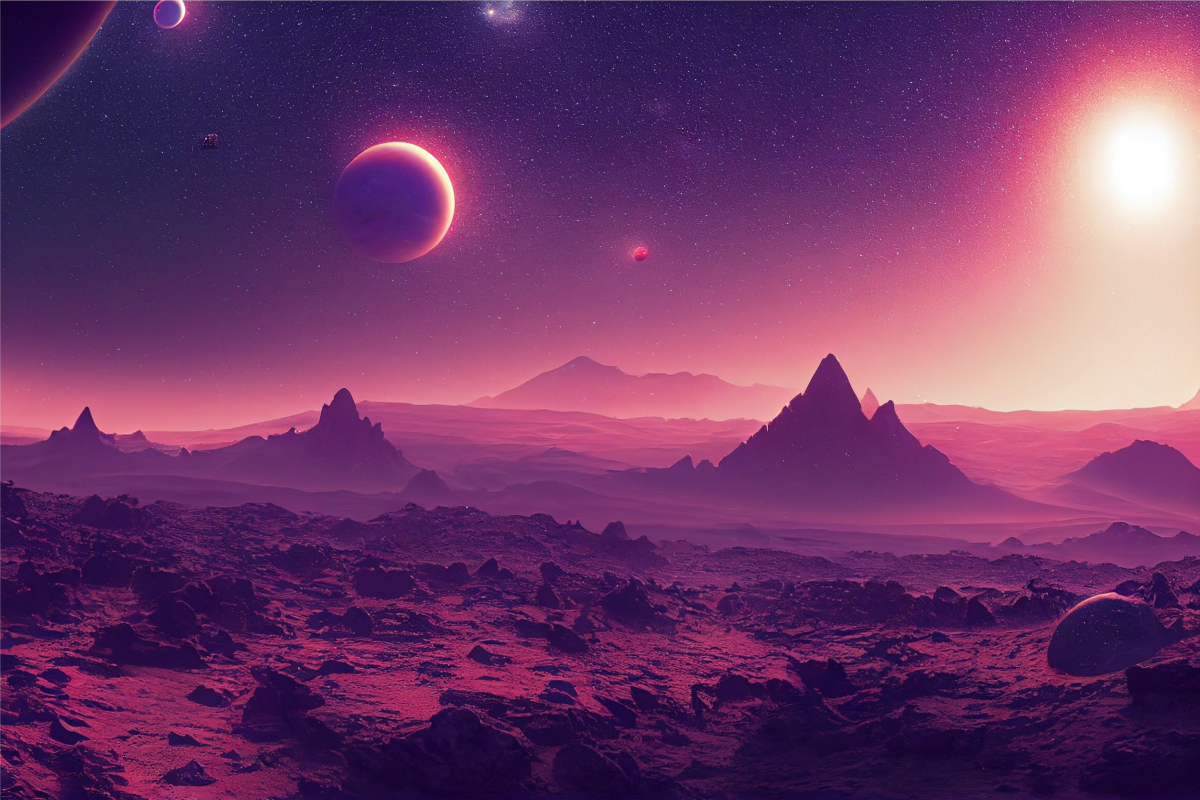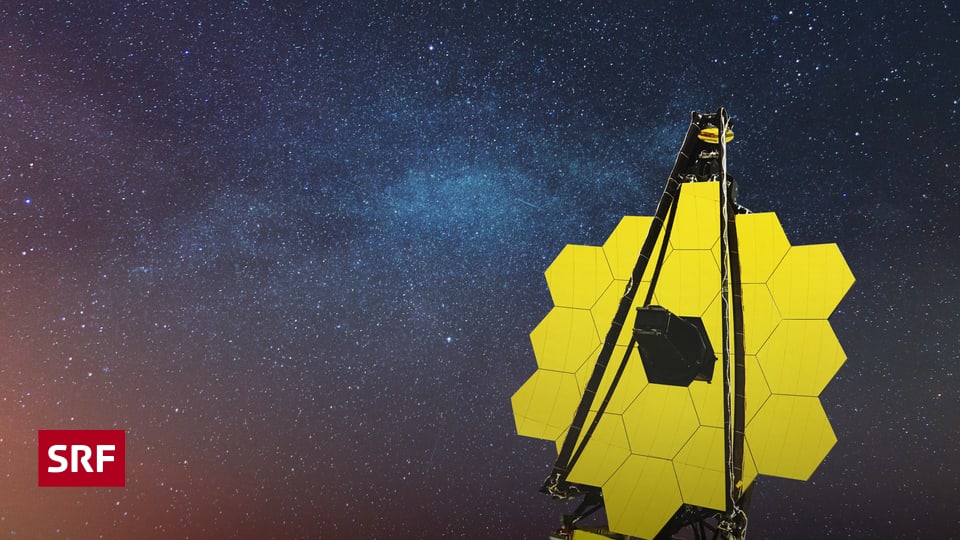Two years after its release, James Webb delivers what was expected of him. It raises new questions.
“The wealth of information provided by the telescope is revolutionary,” says Swiss astrophysicist Adrian Glauser of the ETH Zurich.
Glauser worked on one of the infrared eyes used by James Webb to look into space. New things are discovered almost every day. Different explanatory models need to be reviewed. “Now the big cleanup begins,” Glauser says. “It's a really interesting time.”
Why aren't just colorful space images that inspire you?
Paul Molière, head of the research group at the Max Planck Institute for Astronomy in Heidelberg, also sees it this way: “For me, the James Webb is truly revolutionary; the telescope has exceeded our expectations.”
Molière is primarily interested in exoplanets: planets orbiting other stars outside our solar system. The James Webb Telescope can be used to determine the chemical composition of these planets or their atmospheres from a distance. This is done through so-called spectrometers, through which light is divided into its components.
legend:
This is what exoplanet WASP-39 b might look like. The monitoring team conducted carbon dioxide observations using the telescope's near-infrared spectrometer.
Imago Photos/ZumaWire
So, it is not the beautiful and colorful space images that inspire Molière. But the spectra from which a tremendous amount can be learned scientifically. “For example, we discovered that there are many exoplanets that have sulfur dioxide in their atmospheres,” Moliere says. “We've never seen anything like this before with the Hubble Telescope. This really surprised us.”
Suddenly you can look back further
There's a big debate among astronomers: Who gets how much observing time? “There have never been so many applications as for the James Webb Telescope,” emphasizes Pascal Oesch. He is an astronomer at the University of Geneva and often works with the new telescope. Why there are so many applications: Thanks to the telescope's “infrared vision,” you can now see through more than just dusty areas. It is now also possible to look back in time.
The first stars shone earlier
Stars that formed early in the universe are moving away from us faster than those closer to them due to the continuing expansion of the universe. They are therefore only visible in infrared light. “Now we suddenly see that there were galaxies much earlier than we knew before, and there are a lot more than we thought,” Ochs says.
Today our universe is 13.8 billion years old. The oldest galaxy to date formed 300 million years after the Big Bang. But there may have been previous cases. “The first light in the universe, and the first stars, were probably about 150 million years after the Big Bang,” Ochs says. And another cosmic surprise: “We found more black holes in the early universe than we thought.”
Review it – but don't throw it overboard
Astronomers' previous models now need to be revised. “Maybe we don't have to basically throw them into the sea,” says Ochs. However, like the other astronomers interviewed, he is absolutely convinced that the James Webb Telescope will continue to dramatically change our view of the universe.

“Prone to fits of apathy. Zombie ninja. Entrepreneur. Organizer. Evil travel aficionado. Coffee practitioner. Beer lover.”







More Stories
Apple wants to run its AI servers using its own chips, Bloomberg News reports
Ryvid Outset – Scrambler style electric model
Researchers have discovered the atmosphere around rocky exoplanets for the first time